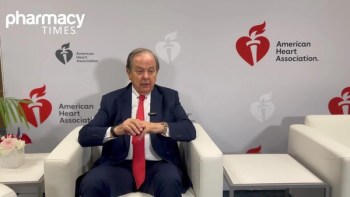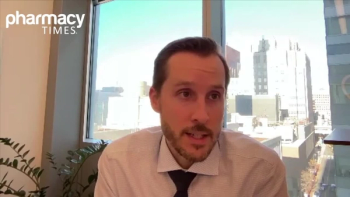
Study: Factors Associated With Use of Diabetes Self-Management Education, Support Programs in Newly Diagnosed Type 2 Diabetes Patients
There have not been many evaluations of the prevalence of, and factors associated with, use of DSME/S and support programs in newly diagnosed patients with type 2 diabetes (T2D) in Louisiana, according to the study authors.
The use of diabetes self-management education and support (DSME/S) programs is low in the state of Louisiana and there are marked differences in use of the service by insurance type, smoking status, and diabetes risk control, according to a poster session at the American Diabetes Association’s 80th virtual Scientific Sessions.
There have not been many evaluations of the prevalence of, and factors associated with, use of DSME/S and support programs in newly diagnosed patients with type 2 diabetes (T2D) in Louisiana, according to the study authors.
To further analyze the programs, the researchers used electronic health records from 3 hospital systems in Louisiana. Eligible patients were 35 to 94 years of age with T2D based on ICD-codes, an antidiabetic drug prescription, an HbA1c ≥6.5%, an FPG ≥126, a 2-hour OGT ≥200, or random plasma glucose ≥200 mg/dL. New T2D was defined as entry of T2D diagnosis in the condition list occurring less than 1 year after the first recorded office visit.
The results found that the prevalence of DSME/S use in T2D patients was 5.6%, whereas the prevalence was 6.2% in newly diagnosed T2D patients. Compared with the gender-, age-, and race-matched non-DSME/S group, the DSME/S group had worse clinical profiles, such as higher mean A1c and triglycerides and a higher obesity rate.
Adjusted models showed self-pay patients were 70% less likely to use DSME/S than Medicare beneficiaries, according to the study authors. Further, current smokers were 2.6 times more likely to use DSME/S than never smokers, whereas former smokers were 40% less likely than never smokers.
Patients with hypolipidemic or antihypertensive drugs were 50% or 60% more likely to use DSME/S than those without the medications. According to the study authors, patients with A1c >6.5% were 3.9 times more likely to use DSME/S than those with normal A1c. Obese patients were 60% more likely to use DSME/S, whereas hypertensive patients were 60% more likely to use DSME/S.
REFERENCE
Yoshida Y, Shi L, Hong D, et al. Factors Associated with Use of Diabetes Self-Management Education and Support Programs in Newly Diagnosed Type 2 Diabetes Patients in Louisiana. American Diabetes Association: 80th Scientific Sessions: A Virtual Experience, June 12-16, 2020.
Newsletter
Stay informed on drug updates, treatment guidelines, and pharmacy practice trends—subscribe to Pharmacy Times for weekly clinical insights.




















































































































































































































